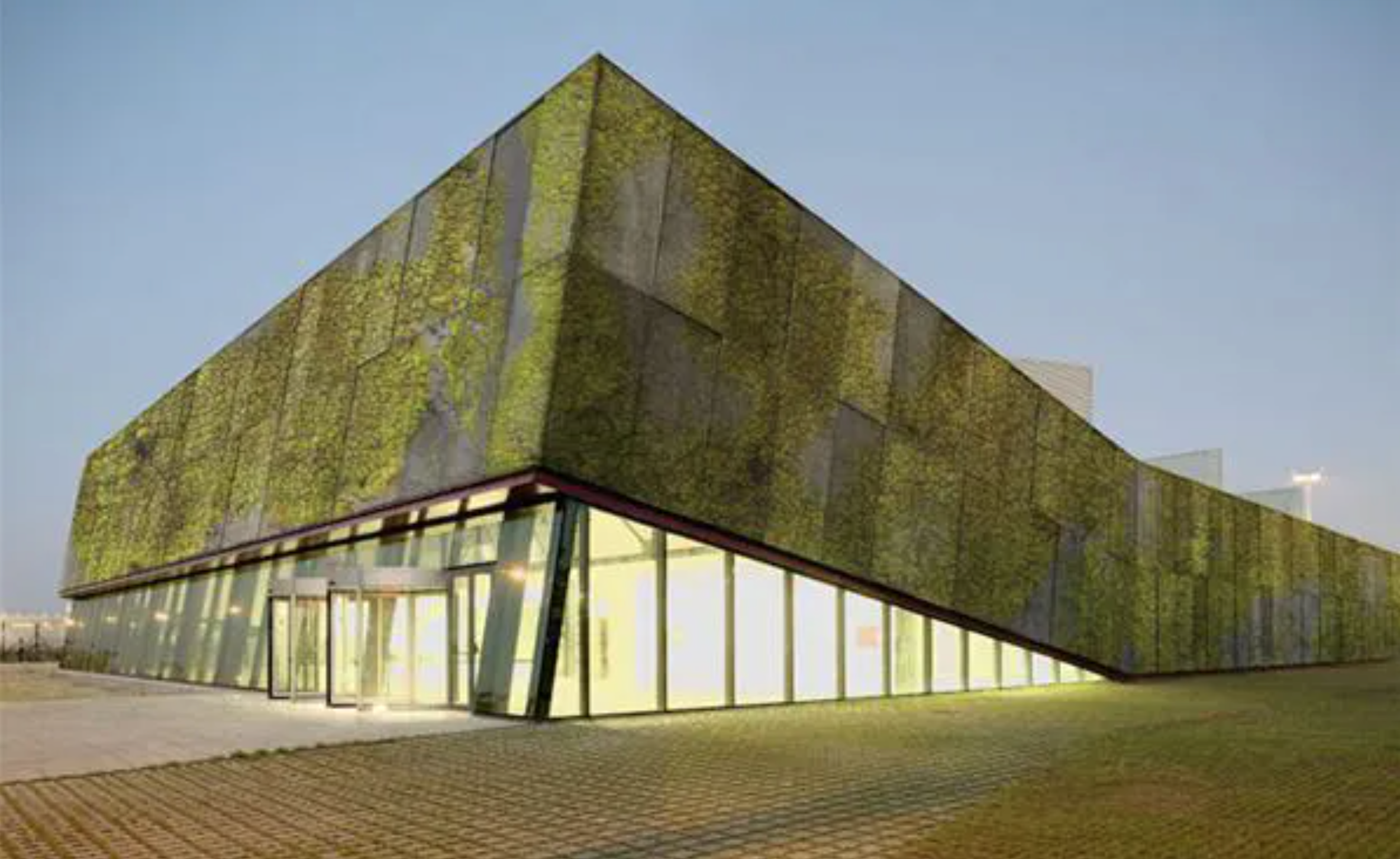Living building material is construction material designed to mimic live organisms in some way (for example, by self-repairing).
Often, actual living bacteria or fungi are added to the materials to achieve this effect.
And there’s even early research looking into using bacteria to create building materials from scratch.
In addition to the practical benefits, like self-repair or self-replication, many of the organic processes in quality living building materials actually draw in CO2 from the atmosphere.
By contrast, traditional concrete is responsible for up to 8% of global emissions.
But the technology is still largely at an experimental stage.
One major hurdle is keeping microorganisms alive in inhospitable environments like concrete.
Even the most successful projects only see a survival rate of about 9-14% of bacterial colonies after 30 days.
Evocative Design is one of the companies at the forefront of this fledgling field. They’ve raised a total of $90.1 million, including a $60 million Series D round in March 2021.
What’s next for the living building materials (LBM) trend
Living building material is part of the construction innovation meta trend.
The construction industry as a whole is forecast to be worth over $10 trillion by next year.
And technology is starting to legitimately impact many areas of the field. For example, there’s been strong search growth for construction project management software and modular construction.
Rebartek tackles the $160B rebar (steel reinforcement) market. It uses robotics to offer rebar as a service, capable of reducing labor cost and installation time by 90%.
Other topics in the meta trend showing strong growth include building information modeling, Plannerly, and Touchplan.


